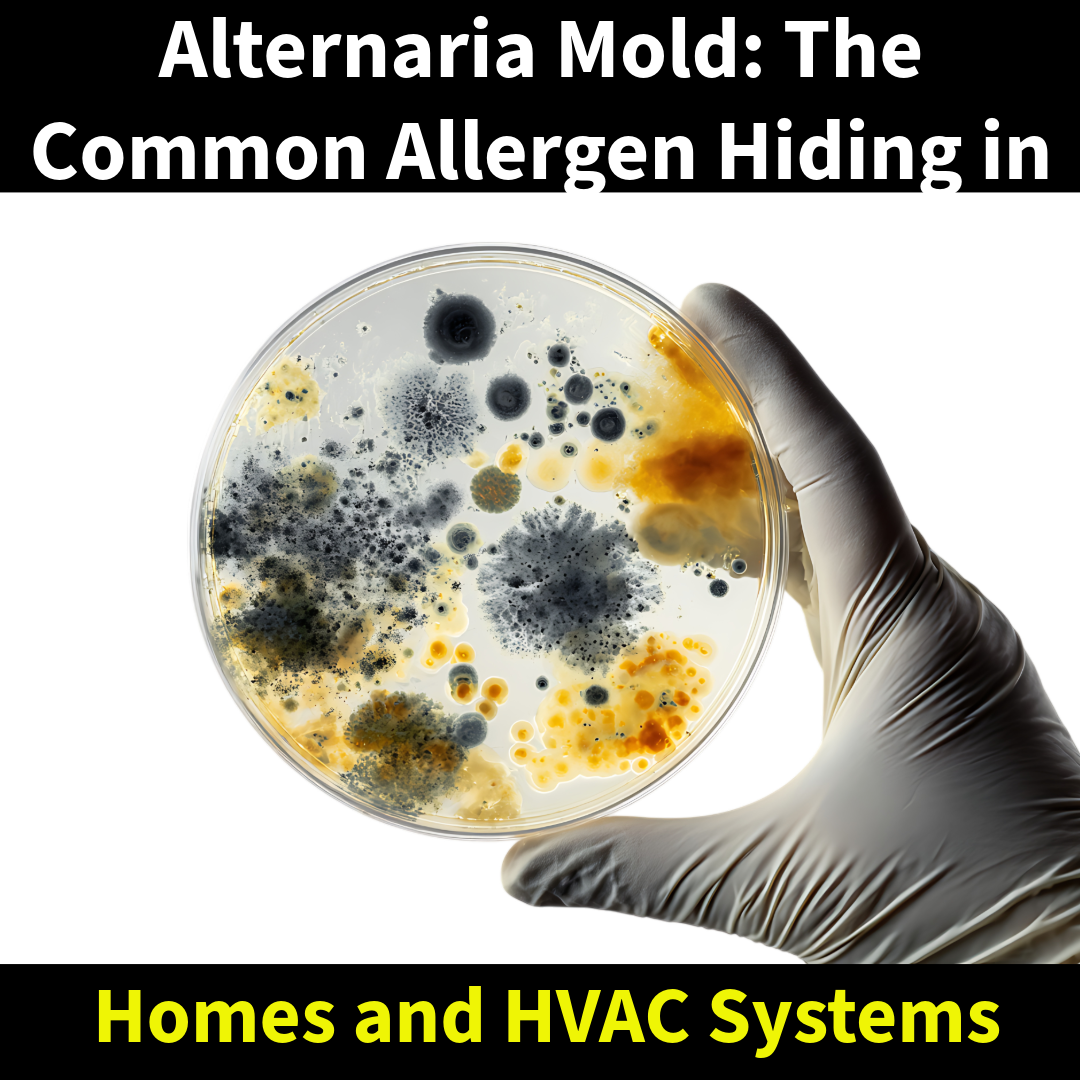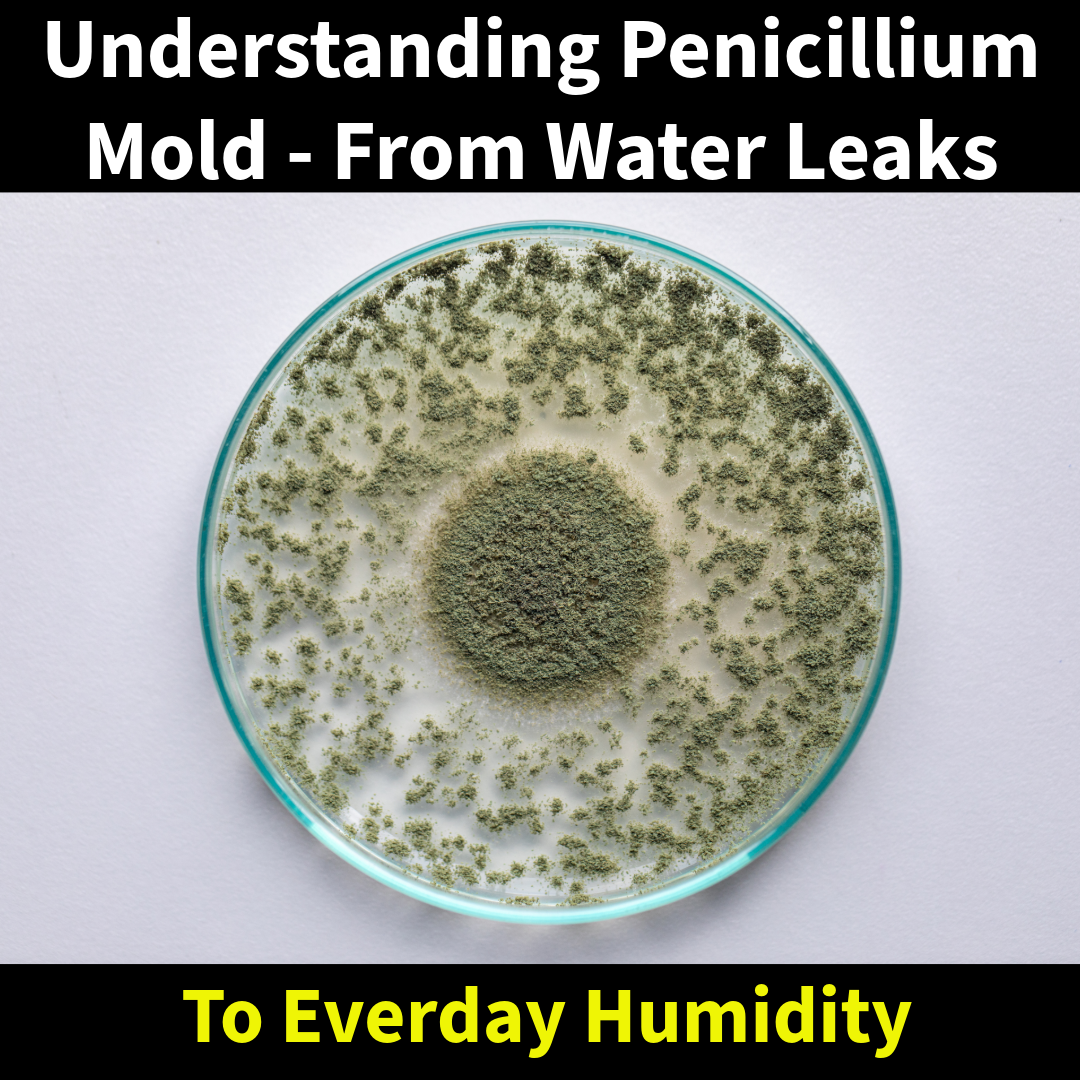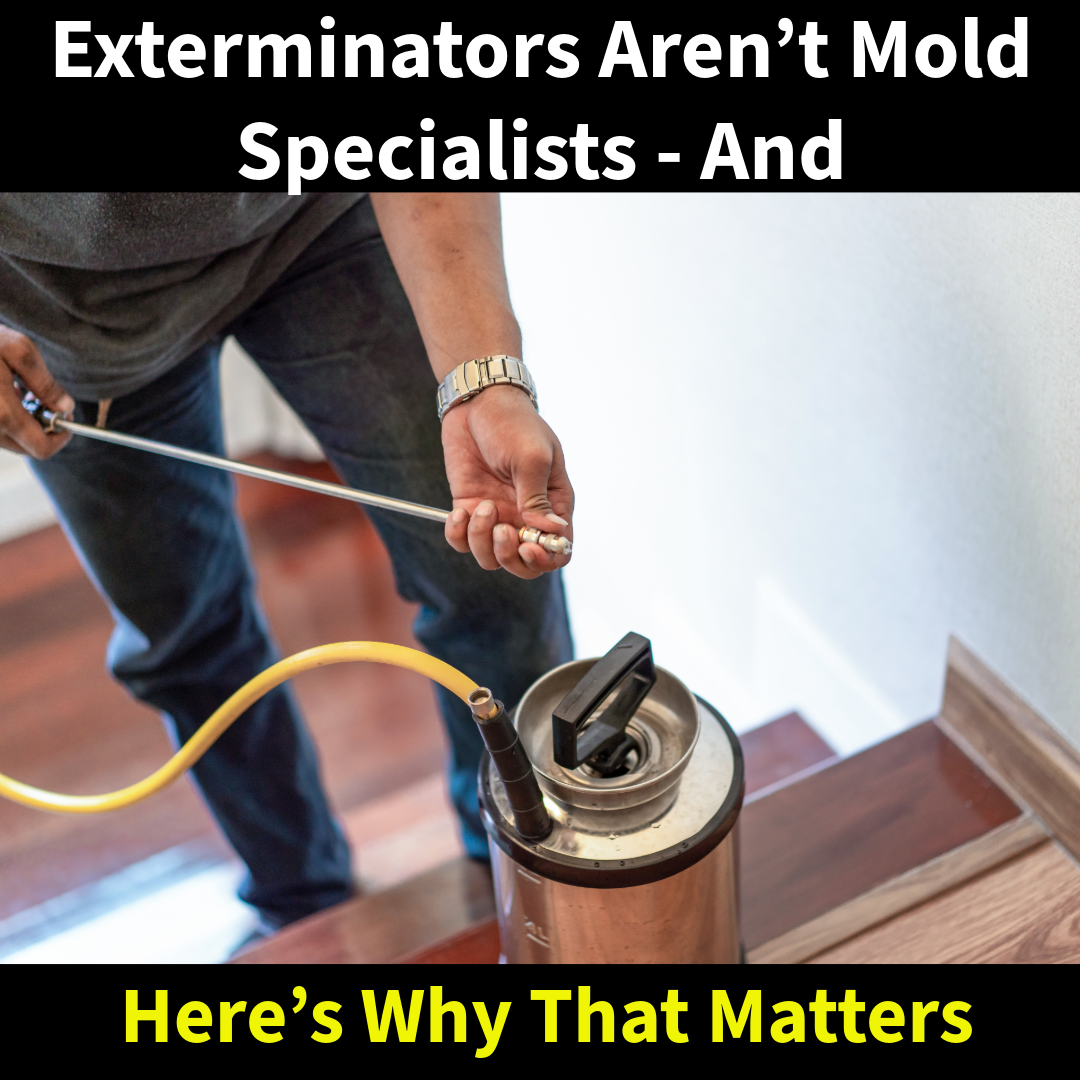When most people think about water damage, the first concern that comes to mind is mold — and for good reason. But mold isn’t the only danger that comes from a water loss. Depending on the source and type of water, your home or business could also be contaminated with bacteria, viruses, or other harmful microorganisms long before any visible mold appears.
Understanding the Different Categories of Water Damage
Not all water damage is the same. The restoration industry divides water losses into three categories based on contamination levels:
- Category 1 – Clean Water: Comes from a sanitary source like a broken supply line or sink overflow. While this type starts clean, it quickly becomes contaminated after contacting surfaces like drywall, carpet, or dust.
- Category 2 – Gray Water: Contains some level of contamination. Common sources include washing machines, dishwashers, sump pump failures, or rainwater leaks. It can cause illness or irritation on contact.
- Category 3 – Black Water: The most hazardous category. This includes sewage backups, floodwater, or drain overflows. Black water contains bacteria, pathogens, and potentially harmful chemicals that can lead to infection or respiratory illness.
Even if the water looks clear, once it touches porous materials or sits for more than 24 hours, it can develop harmful microbial activity that poses serious health risks.
Airborne Contamination After a Water Loss
Water damage isn’t limited to wet surfaces. When moisture evaporates, it can carry aerosolized contaminants into the air, including bacteria, spores, and toxins. These particles can move through HVAC systems and spread to unaffected parts of the property.
That’s why professional restoration includes air filtration, containment barriers, and post-cleaning testing — not just drying.
Common Health Symptoms After Exposure
Homeowners and occupants exposed to contaminated water may experience symptoms such as:
- Respiratory irritation or coughing
- Skin rashes or infections
- Headaches or fatigue
- Nausea or gastrointestinal discomfort
These effects are often mistaken for allergies or seasonal illness, but in reality, they may come from bacteria, chemicals, or mycotoxins released during a water loss.
Why Fast, Professional Cleanup Matters
MSI’s water damage restoration process follows IICRC standards to identify and remove contamination safely. Every loss starts with source identification and moisture mapping, followed by sanitization and structural drying.
For gray and black water incidents, we use EPA-registered disinfectants, remove contaminated materials, and document every step for insurance purposes.
Delays in cleanup can lead to bacterial growth, cross-contamination, and long-term odor problems — even if the water appears gone on the surface.
Protecting Your Property and Health
If you experience water damage, don’t assume it’s safe just because the surface looks dry. Hidden cavities, insulation, and subfloors can hold contamination long after visible moisture is gone.
MSI provides professional testing and restoration to identify what’s in your water loss and remove health risks completely.
📞 Call MSI at 877-712-1600 for 24/7 emergency water damage restoration and environmental testing services throughout Pennsylvania, New Jersey, and Delaware.









